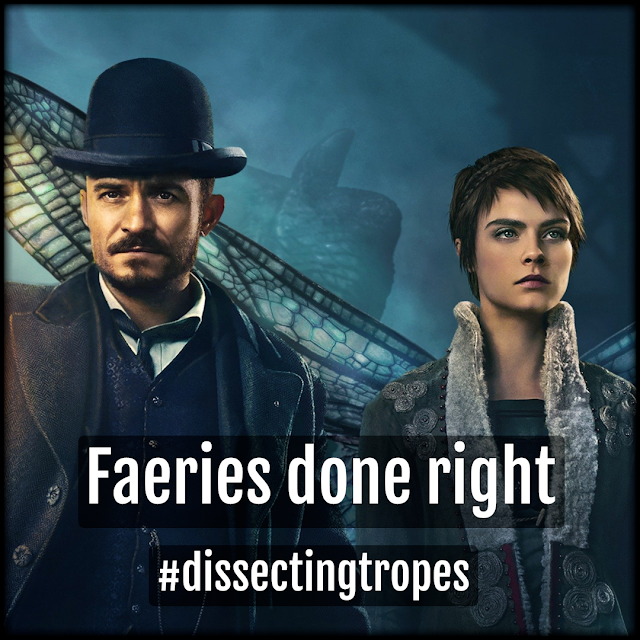Faeries done right - Mad kings and colonization

Hey there, traveler! It’s Darr here, with a crescendo to our fairy extravaganza. We’ve already mentioned some popular media featuring fae of all kind, but as a last note, I thought we should look at a couple of the ones we like best. Be aware, this one is super spoilery, so if you haven’t seen any of the series mentioned in the paragraph titles, proceed at your own risk! Ready? Let’s go! I. Mad Sweeney (American Gods) This one is special to me because of how perfectly it portrays the demystification of Irish mythology. Mad Sweeney is a character in Neil Gaiman’s American Gods , introduced as a leprechaun, a celtic fae creature similar to a dwarf associated with gold and luck. However, there are immediately a few bits somehow amiss. First, Sweeney is tall, like, really tall. Second, his magical pulling-coins-out-of-thin-air power is later revealed to work with basically anything he touches and stashes away in “the hoard of the sun”, something way cooler than a leprechaun can usually acc...
